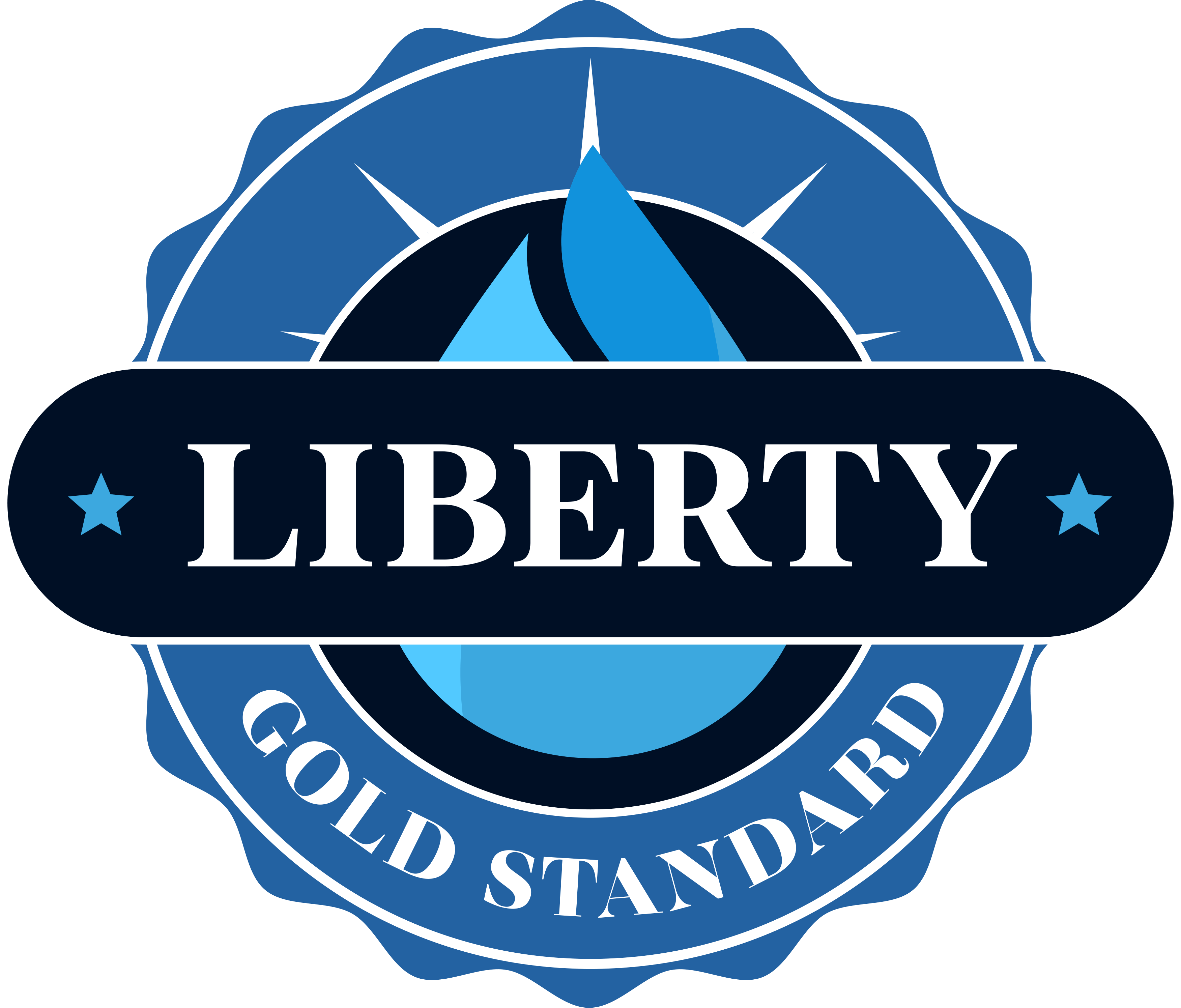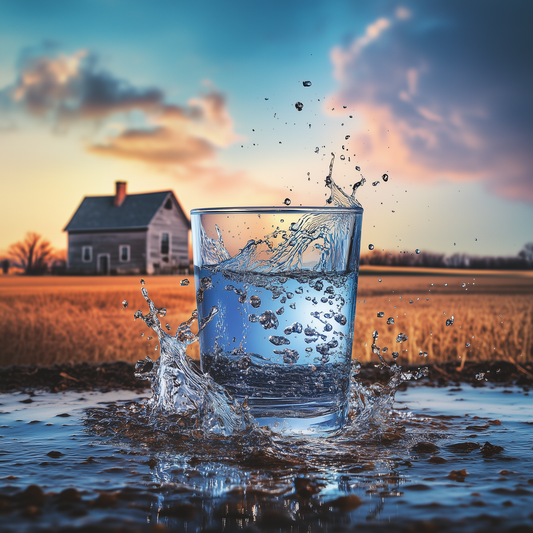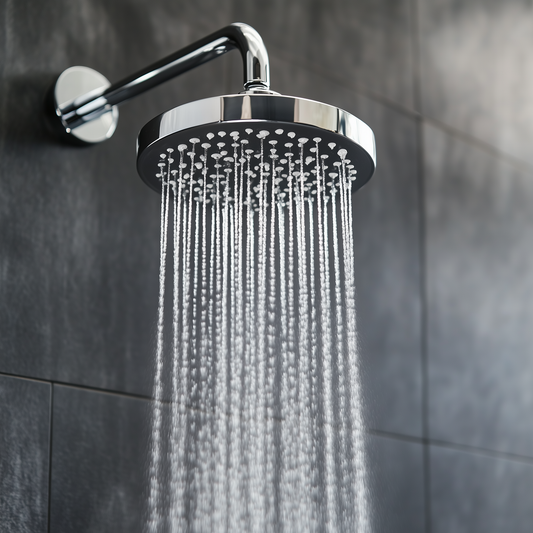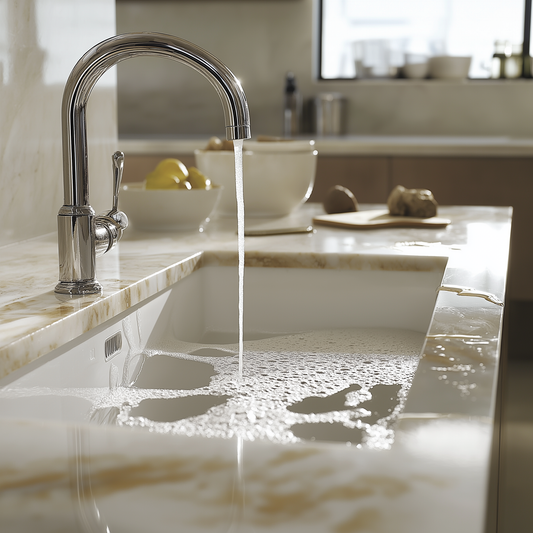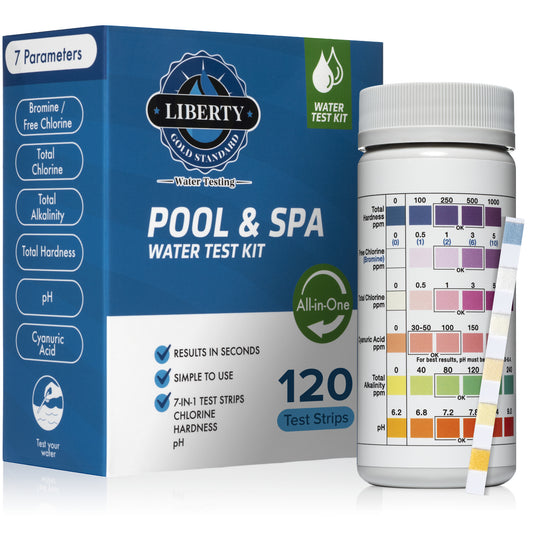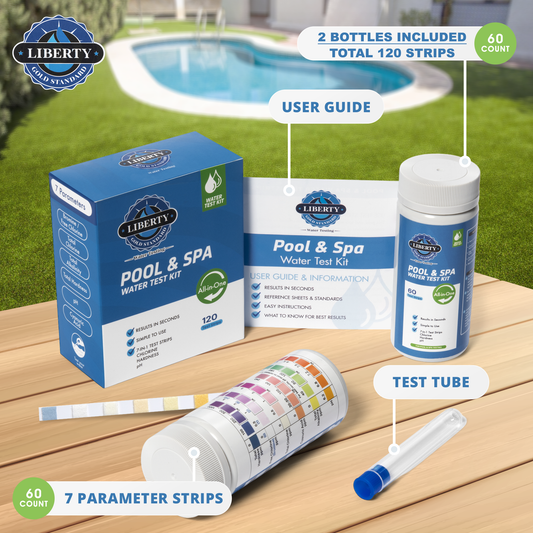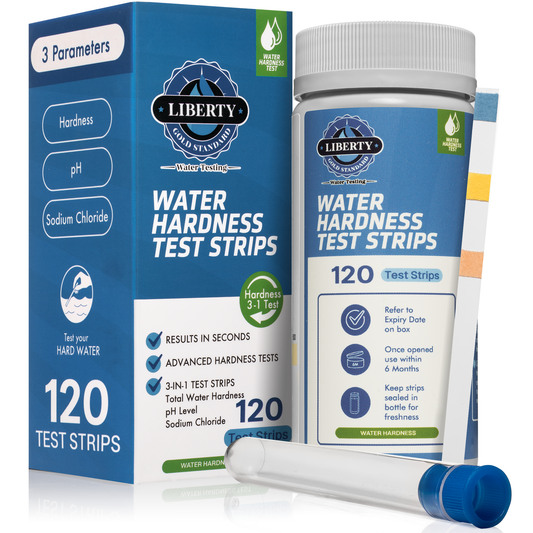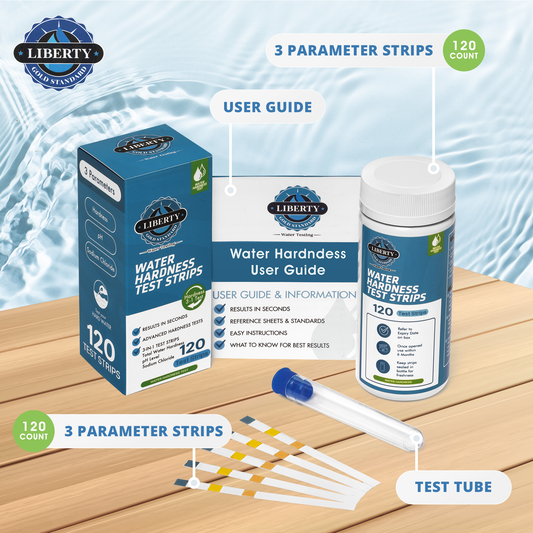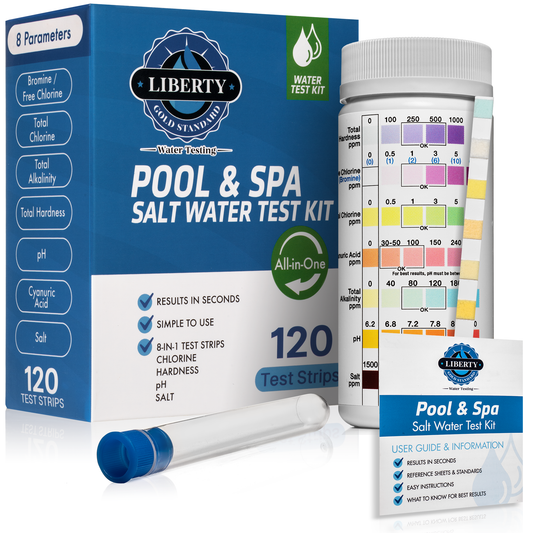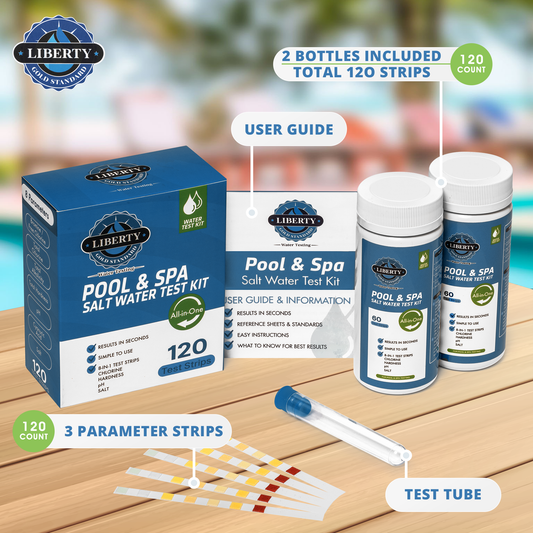The 2024 Paris Olympics promise to be a spectacle of athletic prowess and innovation. One fascinating aspect of the games is the use of temporary pools for swimming events. These marvels of engineering will provide a world-class competition environment while maximizing flexibility and minimizing environmental impact.
The Need for Temporary Pools
Traditionally, Olympic host cities build permanent swimming facilities. However, this approach can be expensive and leave behind underutilized structures after the games. Temporary pools offer a more sustainable and cost-effective solution.
Engineering Marvels
The temporary pools for the Paris Olympics will be no small feat. Here are some key facts to showcase their impressive nature:
| Feature | Description |
|---|---|
| Size | The pools will adhere to the standard Olympic swimming pool dimensions: 50 meters long, 25 meters wide, and at least 2 meters deep. That's a massive volume of water to hold temporarily! |
| Construction | These pools will be constructed using prefabricated components, allowing for efficient assembly and disassembly. |
| Durability | Despite being temporary, the pools will be built to withstand the demands of high-level competition and large crowds. |
| Disassembly and Reuse | Following the Olympics, the pools will be dismantled, with components potentially reused for future aquatic facilities. |
Benefits of Temporary Pools
The use of temporary pools for the Paris Olympics offers several advantages:
| Benefit | Description |
|---|---|
| Cost-Effectiveness | Temporary pools are significantly cheaper to build compared to permanent structures. |
| Sustainability | By avoiding the construction of permanent facilities that may not be fully utilized, temporary pools minimize the environmental impact of the games. |
| Flexibility | Temporary pools offer greater flexibility in terms of location and design, potentially allowing for more creative competition venues. |
Water Quality and Testing Standards
Ensuring optimal water conditions is paramount for athlete performance and safety. The Paris Olympics will adhere to stringent water quality standards, including:
- Chlorine levels: Maintaining proper chlorine levels is essential for disinfection and preventing the growth of bacteria.
- pH balance: Proper pH levels ensure the effectiveness of chlorine and prevent skin irritation.
- Alkalinity: This measure helps stabilize pH levels.
- Calcium hardness: Appropriate calcium hardness prevents scale formation and corrosion.
- Contaminant testing: Regular testing for bacteria, such as E. coli, and other contaminants will be conducted.
To guarantee fairness, water samples will be collected and analyzed frequently throughout the competition. Independent testing laboratories will verify results, ensuring that all athletes compete in equal conditions.
The Importance of Home Pool Testing
While Olympic pools have rigorous testing standards, maintaining safe water conditions in home pools is equally crucial. Using home pool testing kits like Liberty Gold Standard can help prevent health risks associated with poor water quality.
Regularly testing your pool water for pH, chlorine, alkalinity, and calcium hardness levels is essential for maintaining a healthy swimming environment. Neglecting water chemistry can lead to various health issues, including:
- Skin irritation: Imbalanced pH levels can cause skin dryness and itching.
- Eye irritation: High chlorine levels can irritate eyes.
- Respiratory problems: Inadequate chlorine levels can lead to the growth of harmful bacteria and algae, affecting respiratory health.
- Ear infections: Contaminated water can cause ear infections.
By investing in a home pool testing kit, you can proactively protect the health and well-being of your family and guests.
The use of temporary pools for the Paris Olympics is a testament to human ingenuity and our commitment to sustainable sporting events. These remarkable structures will not only provide a stage for world-class swimming competitions but also serve as a model for future Olympic Games.
